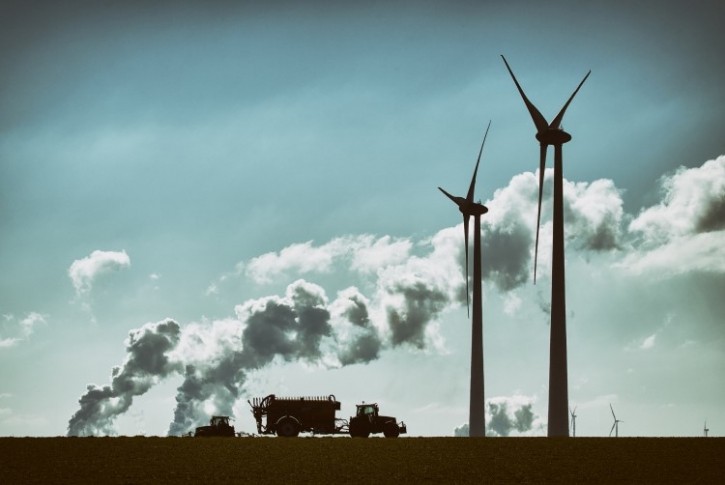How Ireland got a handle on its agriculture emissions

Agriculture remains the biggest source of nitrous oxide and methane emissions in Ireland, but new data has suggested meaningful change is on the horizon.
According to a report on provisional greenhouse gas emissions, Ireland has reduced emissions from agriculture by 4.6% in 2023 – the largest single year reductions in the sector since 1990.
Compared to the 2018 baseline, the decrease is only 2.9%, but 2023 also marks the first time in at least 6 years when all types of emissions – from enteric to those from urea and liming – have decreased year-on-year.
The most significant driver behind the reduction has been less reliance on synthetic nitrogen fertilizer, its use down 18% in 2023. A more moderate approach to liming, urea application and fuel combustion had also led to a 14.6% cut in carbon dioxide emissions from the sector.
All this happened at a time when the Irish dairy herd increased marginally (by 0.6%) while non-dairy cow numbers decreased, by 1.1%.
Overall, Ireland’s overall GHG emission for 2023 were the lowest in more than three decades; year on year, the reduction was 6.8% and lower emissions were seen across all sectors.
Laura Burke, Director General at the Irish Environmental Protection Agency, said: “Ireland’s greenhouse gas emissions in 2023 were at their lowest level in over three decades, as a result of the largest reduction in emissions outside of recession.
“These are significant findings that signal the impact of climate action and decarbonisation measures across Ireland’s economy and society. We see the impact of more renewables and interconnection powering electricity, less fossil fuel use in home heating, reduced nitrogen fertiliser use in agriculture and more biofuel in transport.
“The data indicates a move towards reducing greenhouse gas emissions at the scale and pace required to meet our climate ambition of a 51% reduction by 2030.”
She added that the nation was still ‘off track in terms of meeting EU and national 2030 targets. For agriculture, Ireland is targeting a 25% reduction in GHG emissions. In 2023, the sector emitted more than 37% of all of the country's greenhouse gases.









